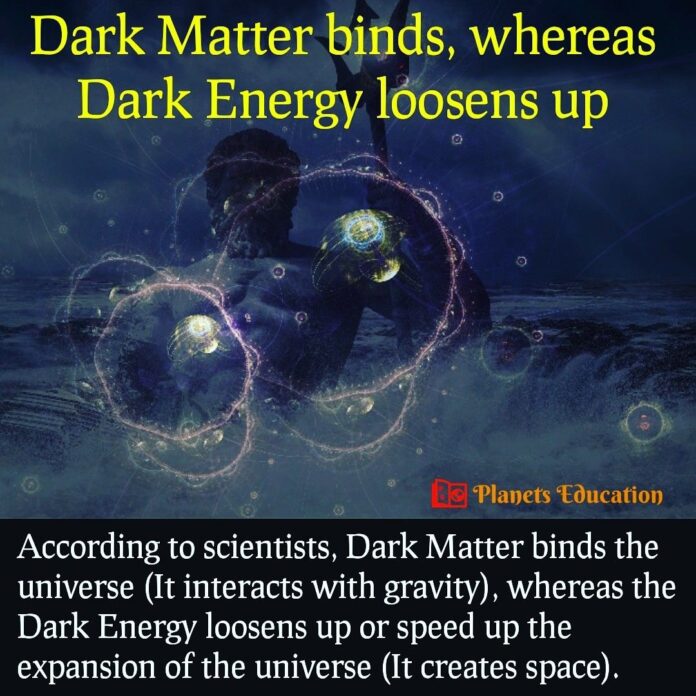
High-energy physics has long been at the forefront of scientific discovery, pushing the boundaries of our understanding of the universe. Recent breakthroughs in this field have opened new avenues for exploring some of the most profound mysteries of modern science, including dark matter and dark energy. In this article, we will delve into these exciting developments, their implications, and how they may reshape our knowledge of the cosmos.
Understanding High-Energy Physics
High-energy physics (HEP), also known as particle physics, investigates the fundamental particles that constitute matter and the forces that govern their interactions. By accelerating particles to extremely high speeds and smashing them together, scientists can probe the most minute structures of matter, uncovering the fundamental components of the universe.
Key Recent Discoveries
1. Advancements in Particle Accelerators
One of the most significant advancements in high-energy physics is the continuous improvement in particle accelerators. Facilities such as the Large Hadron Collider (LHC) at CERN have been pivotal in exploring subatomic particles. Recent upgrades to the LHC and the development of next-generation accelerators aim to push the energy limits even further, providing new insights into particles that were previously inaccessible.
2. Detection of New Particles
In recent years, physicists have discovered new particles that challenge existing theories. For instance, the Higgs boson, discovered in 2012, confirmed the Higgs field theory and explained why particles have mass. More recently, evidence of particles beyond the Standard Model, such as the exotic pentaquarks, has been observed. These discoveries suggest that there might be more to the universe than our current models can explain.
Unveiling Dark Matter
Dark matter is an elusive substance that does not emit, absorb, or reflect light, making it invisible to traditional telescopes. It is believed to constitute about 27% of the universe’s mass-energy content, yet its exact nature remains unknown. Recent advancements in high-energy physics have made significant strides in understanding dark matter.
New Detection Methods
Recent experiments aim to detect dark matter particles directly. The use of ultra-sensitive detectors in deep underground laboratories has been crucial in this endeavor. For example, the XENON1T experiment uses a tank of liquid xenon to capture dark matter interactions. Although no definitive dark matter signals have been detected yet, these experiments are refining our understanding and setting stricter limits on potential dark matter candidates.
Theoretical Models and Simulations
Alongside experimental efforts, theoretical physicists have developed models to explain dark matter’s properties. The Weakly Interacting Massive Particle (WIMP) is one of the most widely studied dark matter candidates. New theoretical models propose alternative candidates, such as axions or sterile neutrinos, expanding the range of possibilities.
Exploring Dark Energy
Dark energy is another enigmatic component of the universe, responsible for its accelerated expansion. It is thought to comprise about 68% of the universe’s total energy content. Recent findings in high-energy physics are crucial for understanding this mysterious force.
Observations of Cosmic Expansion
Observations of distant supernovae and the cosmic microwave background radiation have provided insights into dark energy. These observations suggest that dark energy is causing the universe’s expansion to accelerate. High-energy physics experiments continue to refine these measurements, offering a clearer picture of dark energy’s properties.
Theories of Dark Energy
Various theories attempt to explain dark energy. The cosmological constant, introduced by Einstein, is one possibility, but alternative theories, such as quintessence, propose that dark energy evolves over time. High-energy physics experiments are designed to test these theories and determine which best fits the observational data.
Implications for the Future
The discoveries in high-energy physics regarding dark matter and dark energy have profound implications for our understanding of the universe. They challenge existing theories, stimulate new theoretical and experimental research, and offer the potential for revolutionary advancements in fundamental physics.
Potential Technological Advances
Advancements in high-energy physics often lead to technological innovations. For example, the development of particle accelerators has contributed to advances in imaging technology and materials science. Future discoveries in dark matter and dark energy may similarly lead to new technologies with applications beyond fundamental research.
Expanding Our Cosmic Perspective
Understanding dark matter and dark energy is crucial for developing a complete picture of the cosmos. These discoveries not only answer fundamental questions about the universe’s composition and evolution but also inspire further exploration and inquiry.
Conclusion
Recent discoveries in high-energy physics are shedding light on some of the universe’s greatest mysteries. As particle accelerators become more advanced and detection methods improve, we are getting closer to unveiling the secrets of dark matter and dark energy. These breakthroughs promise to expand our knowledge of the cosmos, offering new insights into the fundamental forces that shape our universe. As research continues, we can anticipate further revelations that may redefine our understanding of reality itself.










